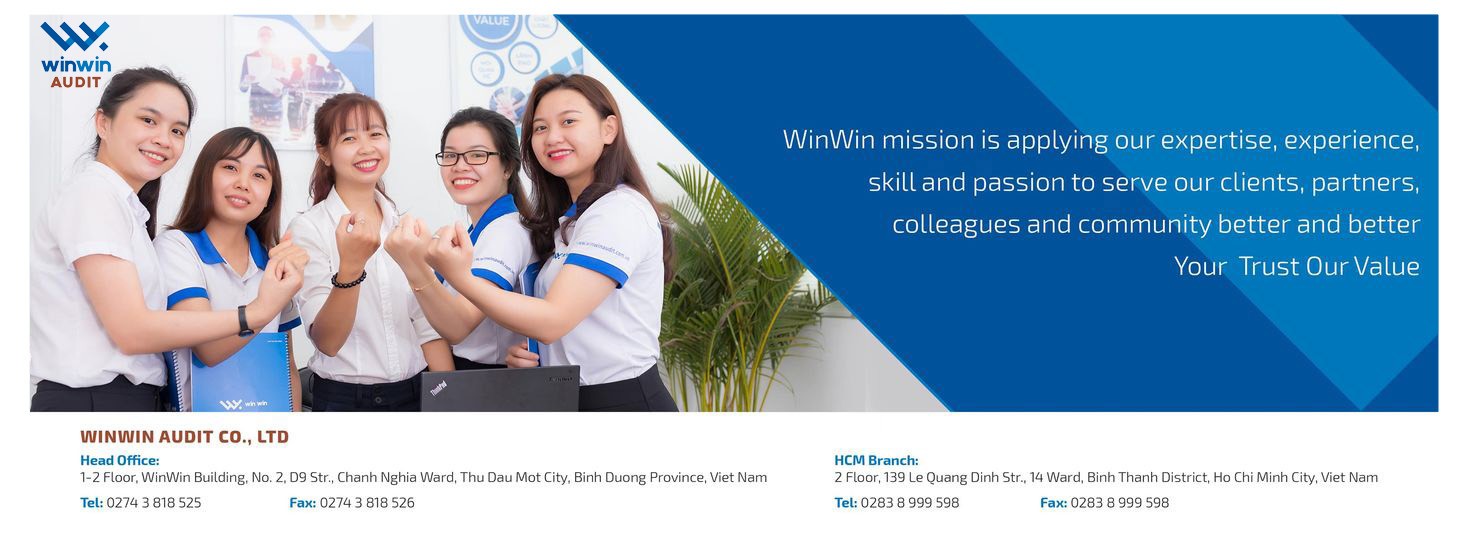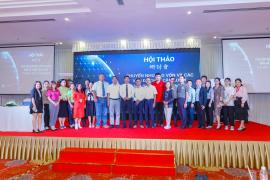6 LESSONS FROM AUDIT EXPERTS WHO ADOPTED AI EARLY
Powerful new cloud-based tools offer a new approach to audit engagements, and clients are clamoring for it. But it can take years to perfect these new strategies — and the firms that haven't started may be falling behind already.
That's the message of Ricardo Trujillo, CPA/CITP, and Tricia Katebini, CPA, who have helped to lead the transition to AI-enhanced audits at GRF CPAs & Advisors.
"I honestly think that the biggest risk is not doing anything," said Trujillo, a partner for the firm. Katebini and Trujillo will present on the recent maturation of AI platforms at the Digital CPA Conference 2021.
In advance of the conference, they shared practical advice for other practitioners and firms. GRF started using an AI platform for audits about four years ago — an investment that they said is now delivering returns.
"It's taken us four years to get where we are today, and I think we have a greater advantage for what's coming down the pipeline," said Katebini, a senior audit manager for the firm.

Start small: GRF uses MindBridge, a cloud-based platform that analyzes transactions and assigns a risk percentage based on 28 control points within the software. It represents a fundamental shift, the CPAs said: Instead of sampling transactions for review, the platform ingests and analyzes every transaction.
The promise of deeper scans for potential fraud is enticing for many clients. "Our client boards and committees that we're presenting to are eating this up," Katebini said.
But GRF has taken a phased approach, in part because the software was still evolving quickly when the firm began to use it.
Instead of mandating a broad rollout, GRF set a goal for the number of engagements that would use the platform and then "let each partner and manager make a decision on what it should be used on and what it shouldn't," Trujillo said.
That approach has allowed the company to learn the software's strengths — for example, by seeing which ERP platforms it worked best with.
The platform now is used in about 15% of audit engagements. GRF, based in Bethesda, Md., focuses largely on not-for-profits.
Perfect the message: It's tempting to oversell the promise of AI, but firms should help clients and employees understand the true state of the technology.
For now, machine learning doesn't necessarily mean a faster or cheaper audit. Instead, they tell clients that it makes for "a much more effective audit," Trujillo said.
"When you first start, don't tell your decision-makers that it's going to be more efficient," Katebini said.
In other words, machine learning is not necessarily automating the audit itself yet — but it's giving auditors a greater ability to look inside the organization's finances.
As a result, "you can have a bit of greater comfort from our audit process," Katebini explained.

Find a change team: Katebini was new to the firm as it started to embrace the AI platform. Because she wasn't overcommitted on other priorities, she was able to become a central advocate for the use of the platform, and she recruited a "change team" to help.
Besides encouraging others to use it, they were able to work directly with the vendor to shape the evolution of the product.
"You need to be able to give that person who's the champion the time and the space," she said. "If you are really serious in making an investment into AI, it takes a lot of time."
Centralize knowledge: Katebini carefully documented GRF's work with the new platform, recording the details of each engagement in an ever-growing spreadsheet.
The sheet included details about the ERP systems that each client uses and the results of integration with the AI platform. That helps to show where the software is working, and it also keeps audit managers accountable in the company's mission to embrace machine learning.
"If we don't see movement or an analysis being done, we can follow up with the manager," Katebini said.
GRF also has documented the steps necessary for AI platform use in each audit engagement, including the data that will be required from the client.
Train the system and the staff: An AI platform is designed to learn over time — and that learning requires human help.
"The first time you run the software for a particular client, it may come up with a lot of high-risk transactions," Trujillo said. In those initial runs, the system often lacks the context to understand a particular client's nuances, leading it to raise more flags than usual.
The solution is to train the platform, teaching it the norms for an organization. But doing so requires auditors themselves to assess whether a transaction is truly high-risk. GRF has taught its staff to interrogate the platform's findings and respond in a uniform way. In general, only more senior staff have had the authority to train the platform.
"We've developed a whole workpaper template around what our expectation is, how to document it," Katebini said.
GRF also has made adjustments over the years that allow auditors to ingest data into the system much more quickly. "There's a lot of customization to make it more efficient," Katebini said.
Look toward the future: For now, Katebini and Trujillo are talking about AI primarily as a new source of insight, not a way to speed the audit process.
But that could change over time, they said.
"Eventually, we see that, obviously, it's going to move more toward automation," Trujillo said. That could include fully continuous auditing, with the ability to detect and flag high-risk transactions and weaknesses in real time, he said.
Creating that world, Katebini said, will be a collaboration between financial practitioners and software developers.
"The more and more of us that use it in the profession, the better it's going to get," she added. "The more thought leaders we have, the more input the developers have."
Source: http://www.jounalofaccoutancy.com
Edited by: Win Win Audit
-------
 Win Win Audit Firm
Win Win Audit Firm















